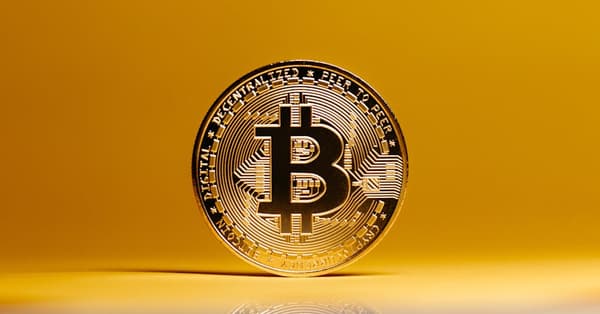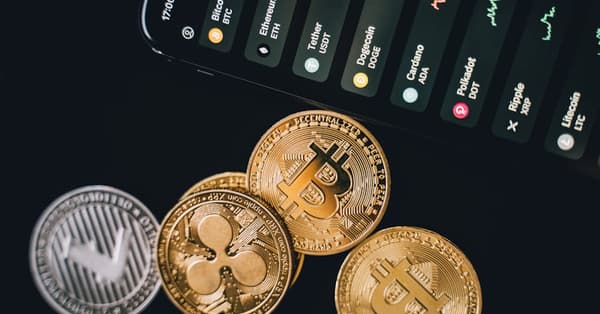Unlocking Cross-Chain Trading: What You Need to Know
Explore the booming world of cross-chain trading and how BSC is evolving. Discover key events and trends shaping the future of crypto trading.
The world of cryptocurrency is evolving rapidly, and cross-chain trading is making waves with impressive volumes. In Q3 2023, the total trading volume across various platforms hit around $15 billion, a clear sign of growing user interest.
Significant events shaping the Binance Smart Chain (BSC) ecosystem include partnerships with major players and essential protocol upgrades that boost both security and efficiency.
Grasping the concept of cross-chain trading is crucial, as it opens the door to a wider array of assets and markets. In this article, we’ll explore the different types of bridges, their advantages, potential risks, and practical tips to help you navigate this dynamic landscape.

Binance Smart Chain is a blockchain network running parallel to Binance Chain, built to support smart contracts and decentralized applications (dApps). With over 17 million active wallets and more than 3 million daily transactions, BSC has become a bustling hub for DeFi and NFT projects.
Cross-chain trading boosts liquidity, enabling traders to tap into various assets across different chains. Popular assets that traders typically move between chains include Ethereum, Solana, and BSC tokens, significantly enhancing their trading opportunities.

Bridges serve as the vital connections that allow different blockchain networks to communicate and transfer assets effortlessly. A prime example is the Binance Bridge, which enables users to transfer tokens between Binance Chain and Ethereum.
🎯 KEY INSIGHT

In 2023, cross-chain bridges experienced a staggering 340% increase in daily transactions, highlighting a shift towards decentralized finance practices.
Centralized bridges depend on a trusted entity to operate, while decentralized bridges enable peer-to-peer transactions without intermediaries. Centralized options can be quicker but may introduce security risks, whereas decentralized bridges provide enhanced security through distributed consensus.

Some bridges cater to niche tokens like PEPE and WIF, providing specialized functionality. These options can be particularly useful for those looking to engage with unique assets.
Tags:
Ready to Make Profitable Crypto Calls?
Check out our proven track record on the leaderboard
View Leaderboard →Related Posts
Is a $2 Billion Bitcoin Bet Opening Doors for Meme Coins?
Discover how a Bitcoin whale's massive investment could signal a new wave of opportunities in the meme coin market. Don't miss out on this insight!
Is MOBOX Leading the Blockchain Gaming Revolution in 2023?
Discover how MOBOX is shaping the blockchain gaming landscape amid a 340% rise in games this year. A must-read for every crypto enthusiast.
Understanding Token Burning on Binance Smart Chain
Curious about BSC's token burning? Discover how it impacts value and investor sentiment in this insightful look at deflationary tokenomics.
The Rise of Meme Coins: What’s Fueling the Surge?
Join us as we explore the explosive growth of meme coins like $PEPE and $DOGE. Discover why they're captivating traders worldwide.
Mastering Japan's Crypto Rules & Meme Coin Trends
Stay ahead in crypto! Explore Japan's new reserve rules and strategies for trading meme coins like SOL. Equip yourself for success in this dynamic market.
Unlocking Arbitrage: Flashloans in the BSC Boom
The Binance Smart Chain is witnessing a flashloan explosion! Discover how traders are capitalizing on new arbitrage opportunities amid rising volatility.